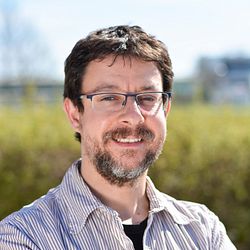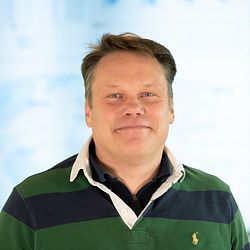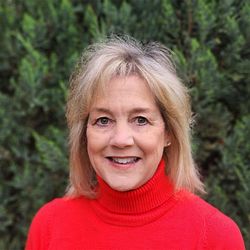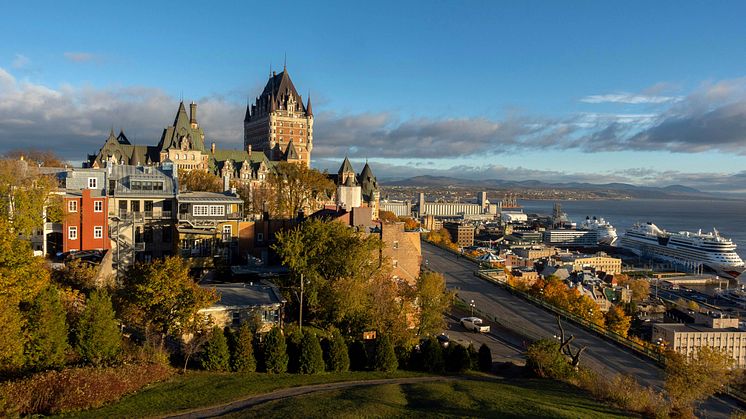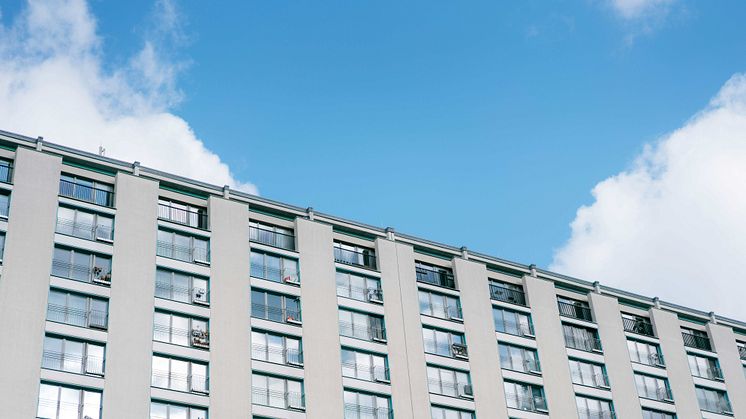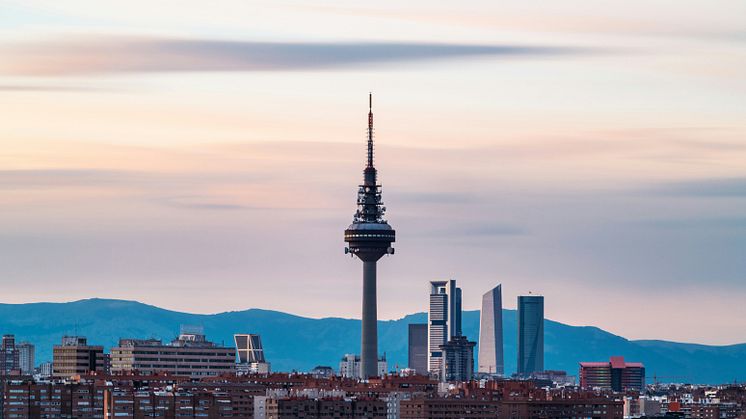
Blog post -
Radonova Strengthens International Knowledge Exchange on Radon
Radonova has long been an active contributor to global efforts to spread knowledge about radon and its impact on human health. A recent example is the company’s expert, José-Luis Gutiérrez Villanueva, who will be speaking at a training session in Madrid on April 3. His lecture will focus on radon, its health risks, and the legislation governing the field.
In collaboration with its local partner ACPRO, Radonova is organizing a specialized training course for professionals and companies seeking to understand and manage the risks associated with radon gas.
Who is the course for?
The training is designed for professionals in the construction industry, occupational health and safety, and the healthcare sector, as well as architects and engineers. Others interested in deepening their knowledge of radon are also welcome to attend.
The course will cover topics ranging from fundamental radon concepts to advanced measurement strategies and methods for reducing exposure. Spain’s Nuclear Safety Council (CSN) is soon set to publish a new advisory guide for priority municipalities, making the training even more timely and relevant.
"Radon awareness is increasing in Spain, largely due to new laws and regulations for workplaces and residential buildings. We see a growing demand for knowledge in this area and want to contribute by sharing our expertise together with ACPRO," says José-Luis Gutiérrez Villanueva.
The Importance of Radon Measurement
Radon is a naturally occurring radioactive gas that can seep into buildings and pose a serious health risk. According to the World Health Organization (WHO), radon exposure is estimated to cause around 2,000 cases of lung cancer per year in Spain.
Course Content
- Introduction to Radon Gas – Properties, sources, and common misconceptions.
- Measurement Techniques and Analysis – Methods for detecting and measuring radon.
- Current Legislation – Occupational health regulations and building code requirements (CTE).
- Health Risks Associated with Radon – Effects on the human body.
- Preventive Measures – Effective methods for reducing exposure.
Register for the course here»
Further Engagement in Spain
In addition to the training in Madrid, José-Luis Gutiérrez Villanueva will be giving a presentation on April 4 to a Spanish association for physicists. As a member of the association, he will speak about radon measurements and the uncertainties that can arise when analyzing results.
